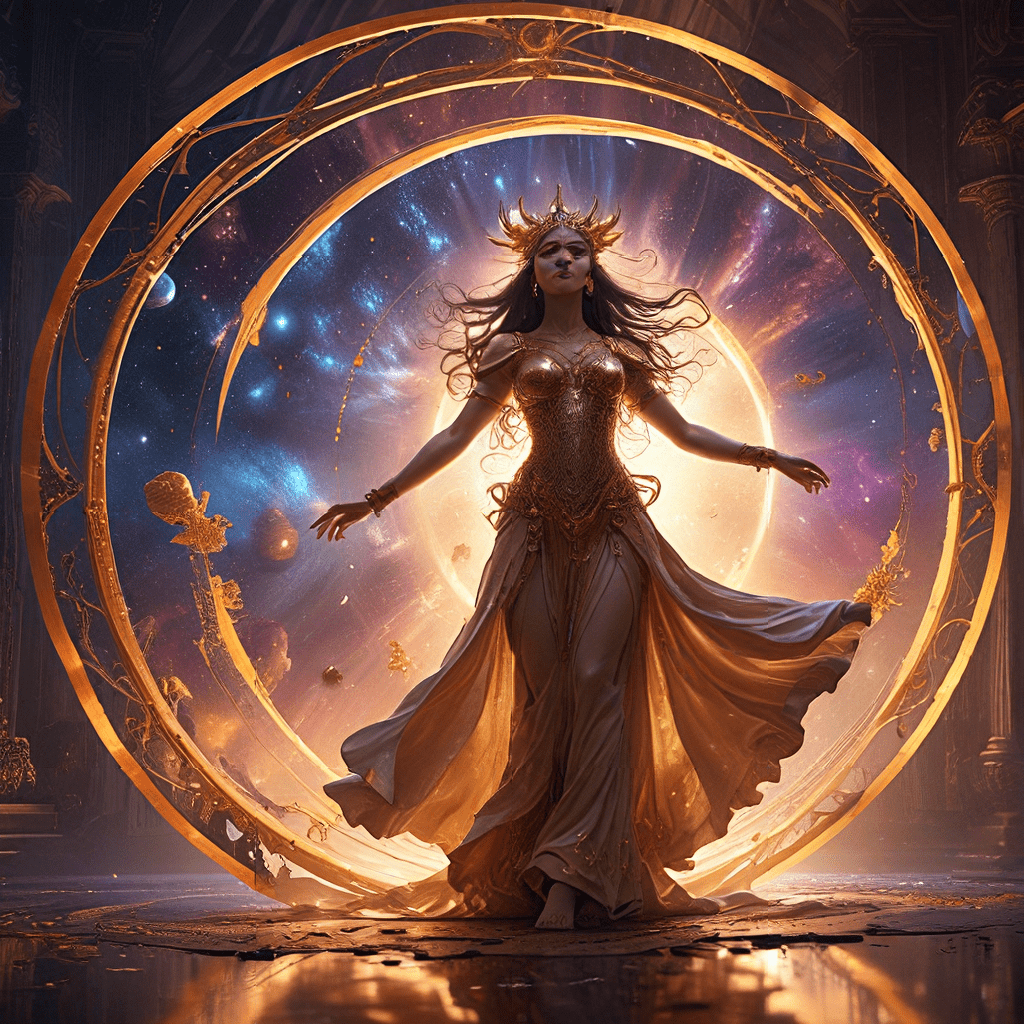The Cosmic Dance: The Rhythms of Creation Around the World
I. Introduction: The Universal Yearning for Understanding
From the earliest civilizations to modern times, humanity has looked to the heavens and pondered the mysteries of our existence. We yearn to understand where we came from and where we are going. The search for meaning and purpose is deeply ingrained in the human spirit, and our stories and myths provide a rich tapestry of answers. Across cultures and time, we find a common thread woven through these narratives: the cosmic dance. This universal metaphor captures the movement, energy, and interconnectedness of the universe, from the creation of the cosmos to the rhythms of life itself.
II. The Dance of Creation in Ancient Mesopotamia
The ancient Mesopotamians were captivated by the night sky and its celestial wonders. Their creation myth, the Enuma Elish, tells the story of the universe’s birth through a cosmic battle between the deities Apsu and Tiamat. Apsu, representing the fresh waters of chaos, desired to destroy the younger gods, but Marduk, the god of storms and creation, emerged as the ultimate victor. Marduk slew Tiamat, and from her body, he formed the heavens and the earth. Marduk then established the order of the cosmos, becoming the choreographer of the celestial dance. The Mesopotamians believed that time itself was cyclical, with the cosmic dance repeating through epochs of creation and destruction.
III. The Cosmic Egg and the Dance of Brahma in Hindu Cosmology
In Hindu cosmology, the universe is born from a cosmic egg, Brahmaṇḍa, representing the potential for all creation. From this primordial egg, the creator god, Brahma, emerges and begins the cosmic dance. He dances across the universe, bringing forth life and order. Brahma’s dance is not purely a physical act, but a metaphor for the rhythms of creation, preservation, and destruction. In Hindu mythology, time is also cyclical, and the cosmic dance continues through eras of creation and dissolution, known as kalpas.
IV. The Rhythms of the Universe in Ancient Egypt
The ancient Egyptians believed that the sun god Ra was the creator of the world. Each day, Ra sailed across the sky in his celestial boat, bringing light and life to the land. As the sun god’s journey continued, the Egyptians saw the rhythms of the universe reflected in the celestial dance of the stars, the ebb and flow of the Nile River, and the cycle of life, death, and rebirth. Their creation myth emphasized the importance of order and balance in the universe, and Ra’s dance represented the cosmic force that maintained these principles.
V. The Cosmic Dance in Indigenous American Cultures
Across the diverse cultures of the Americas, creation myths celebrated the interconnectedness of all living things. The dance of the spirits played a central role in these stories, shaping the earth, the skies, and all the creatures within them. The movements of the sun, moon, and stars were seen as expressions of the cosmic dance, guiding the seasons and the cycles of nature. These myths emphasized the importance of honoring the earth and respecting the natural world, linking the fate of humanity to the rhythms of the cosmos.
VI. The Dance of the Stars and the Celestial Sphere
For centuries, astronomers and stargazers have observed the movements of the stars and planets. They saw the celestial sphere as a stage for the cosmic dance, a vast and intricate choreography unfolding across the night sky. The ancient civilizations meticulously charted the stars, creating constellations that offered guidance for navigation and symbolized stories passed down through generations. The stars, in their seemingly eternal dance, provided a sense of order, meaning, and connection to the larger universe.
VII. The Music of the Spheres and the Harmony of the Universe
The ancient Greeks, and other civilizations, believed that the movements of the celestial bodies produced a harmonious symphony known as the “music of the spheres.” This music, they believed, was based on mathematical ratios and harmonies, reflecting the order and balance of the cosmos. The concept of the music of the spheres suggests that the universe itself is a symphony of creation, with each element playing its part in the cosmic dance. And just as music can reflect and connect us to the emotions and experiences of others, the music of the spheres represented a connection to the universe itself.




